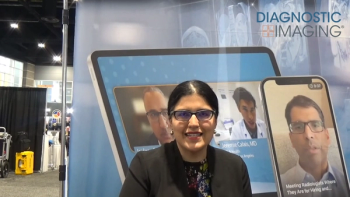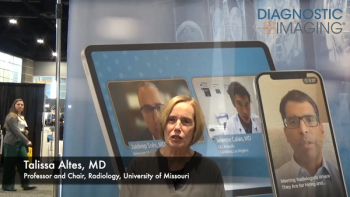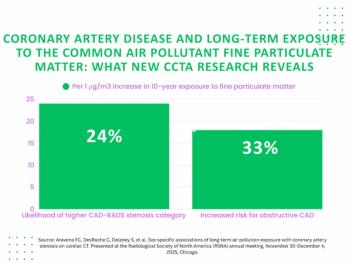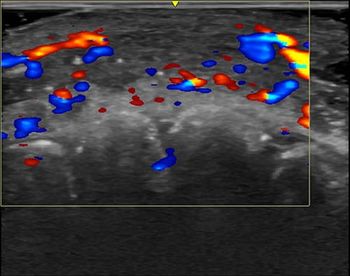
What New Brain MRI Research Reveals About Cannabis Use and Working Memory Tasks
In a recent interview, Joshua Gowin, M.D., discussed emerging brain MRI research that showed a significant association between heavy lifetime use of cannabis and reduced brain activity for working memory tasks in young adults.
In a brain magnetic resonance imaging (MRI) study of over 1,000 young adults, researchers found that 63 percent of those who have used cannabis 1,000 or more times have reduced brain activation for working memory tasks.
For the cross-sectional study, recently published in
In a recent interview, lead study author Joshua Gowin, M.D., said heavy lifetime use of cannabis was associated with lower brain activation during the working memory task with a pronounced impact on the anterior insula, medial prefrontal cortex, and dorsolateral prefrontal cortex.
(Editor’s note: For additional content on MRI, click
“The prefrontal cortex is certainly associated with executive function and executive control. … One of the reasons why the prefrontal cortex is activated during the working memory task is because you have to keep track of a lot of things, and it's cognitively demanding. Since we saw lower activation in the cannabis users in (the prefrontal cortex), we suspect that … cannabis users had perhaps less ability to ramp up that brain region during the cognitively demanding working memory task,” noted Dr. Gowin, an assistant professor of radiology at the University of Colorado School of Medicine in Aurora, Colo.
(Editor’s note: For related content, see “
For more insights from Dr. Gowin, watch the video below.
Newsletter
Stay at the forefront of radiology with the Diagnostic Imaging newsletter, delivering the latest news, clinical insights, and imaging advancements for today’s radiologists.




























